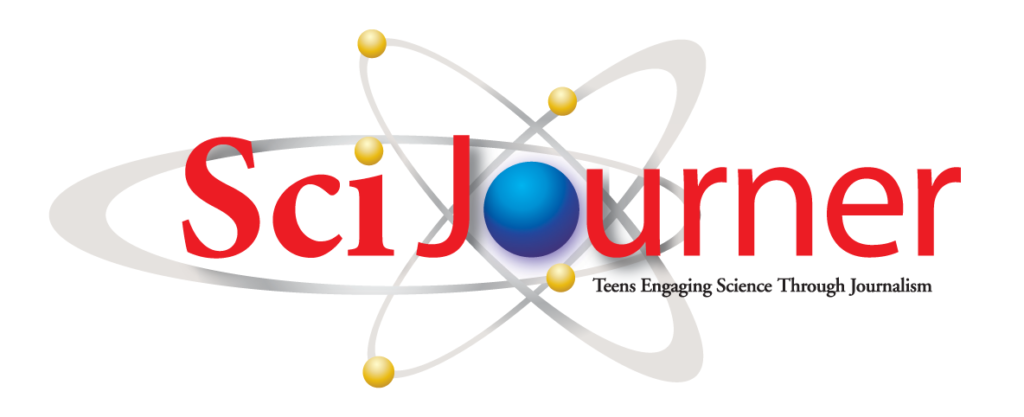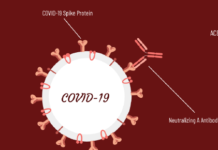By Sydney Shouse and Erin Baxter; Farnsley Middle School
Teacher: Marsha Buerger
“Teachers would call my home all the time but I didn’t understand what I was doing wrong.” Trysten Davis, age 13, knew he was acting different from the other kids in his class. He couldn’t sit still. His parents took notice when he was about 5 years old. He went to the doctor, who diagnosed him with a disorder called Attention Deficit Hyperactivity Disorder (ADHD)
ADHD is a common mental disorder affecting children and adults. It was first clearly discovered by George Still in 1902.
According to the Centers for Disease Control and Prevention (CDC), 11% of American children ages 4-17 have ADHD. This complex mental disorder could affect a child’s success at school and their relationships. ADHD hyperactivity may decrease once someone is in adulthood, but difficulty paying attention, restlessness, and struggles with impulsiveness may continue.
The National Institutes of Health (NIH) states there are three different types of ADHD. The first one is known as predominantly inattentive presentation. The individual with this type may have difficulties trying to organize or finish a task, and paying attention to details. The second type is called predominate hyperactive- impulsion presentation. The individual with this may talk, fidget and move around a lot. They most likely can’t sit still for a long time, struggles with restlessness and with impulsivity. The third type is called combined presentation. This is where the symptoms from the previous types are shown in the individual.
According to the CDC, there are many ways of treating the symptoms of ADHD. Behavior therapy and medication the purpose of behavior therapy is to help the individual learn new behaviors and replace the ones that don’t work for them. The therapy is working towards strengthening positive behaviors and getting rid of the problemed ones.
Medications can be another route to treating the ADHD symptoms. There are many options on the types of medications, depending on the individual’s needs. There is stimulants, and non-stimulants. Stimulants is the most common ADHD medication. CDC states, “Between 70-80 percent of children with ADHD have fewer symptoms when they take these fast acting medications.” Non-stimulants were approved for treating ADHD in 2003. They don’t work as fast as stimulants, but they may last up to 24 hours.
Davis takes medication daily. He has been put on many medications throughout the past few years. “Some of them just don’t work, others cause bigger issues than the ADHD,” he stated. Medications affect people differently, he said. He has been on mediations before that make him sick to his stomach, vomit frequently, make him angry all the time, and cause him to be tired. He told me that some medications were so bad, it was better for him to not be on any at all.
However, Trysten is doing just fine now. He states,” I sometimes still struggle at school with sitting still, talking too much, and completing my work, but it has gotten a lot better. I feel like ADHD doesn’t make me any different from anyone else. I’m still a normal kid that does normal things.”













